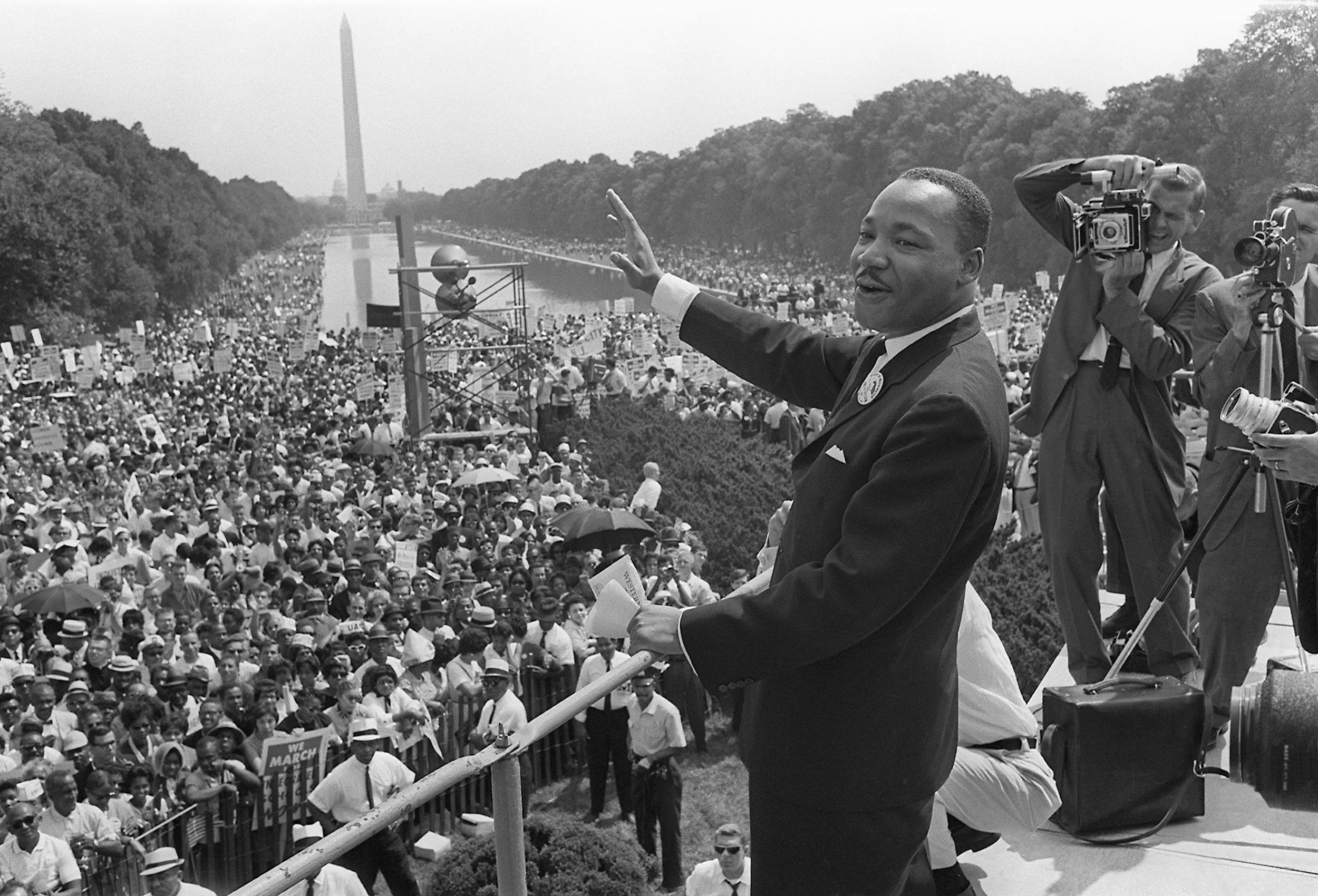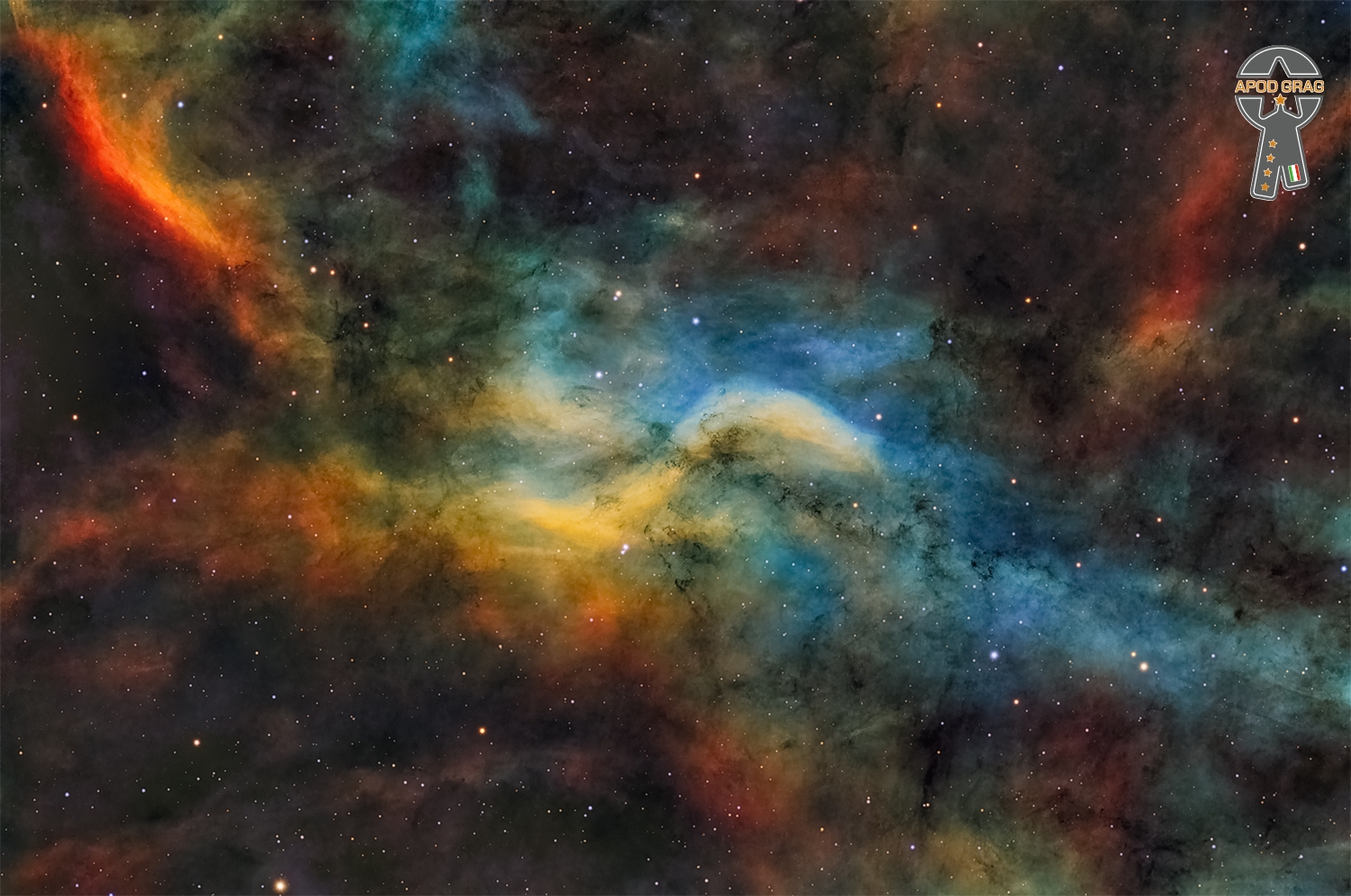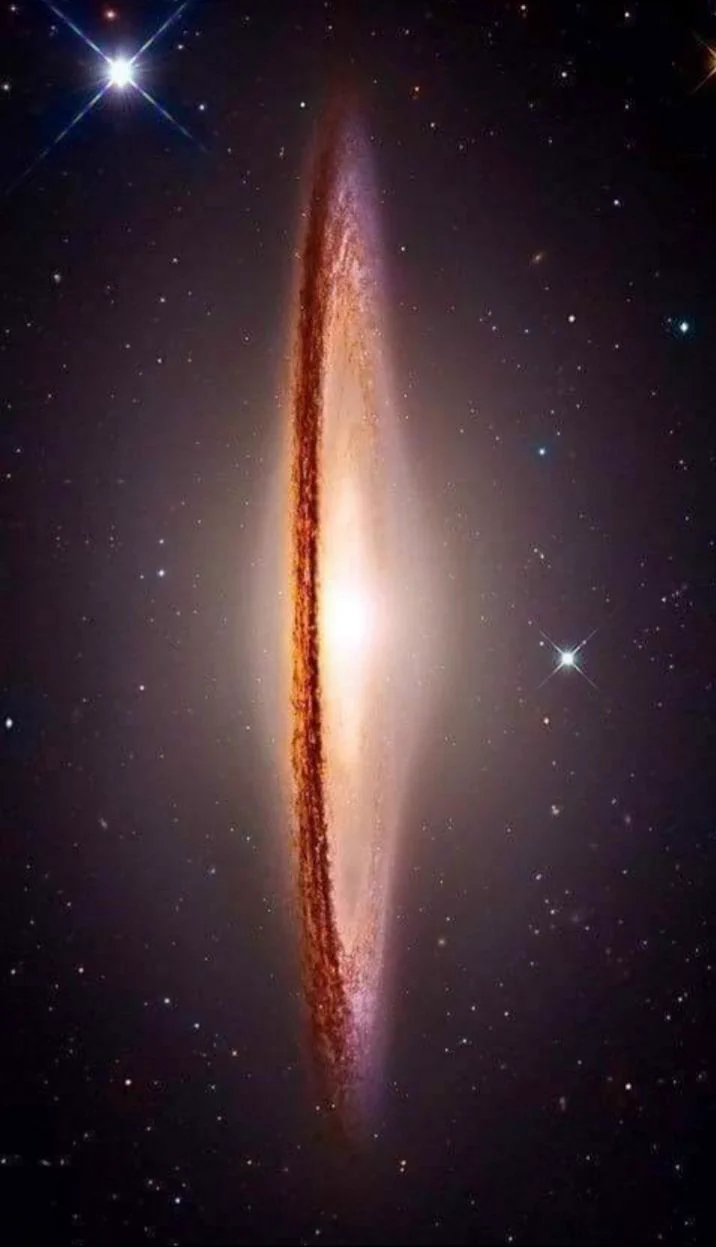Blog
Daniel Peter Seraphine (born August 28, 1948) is an American drummer, record producer, theatrical producer, and film producer. He is best known as the original drummer and a founding member of the rock band Chicago, a tenure which lasted from February 1967 to May 1990. Daniel Peter Seraphine was born in Chicago to John and Mary Seraphine. The family lived in the Dunningneighborhood on Chicago’s northwest side. He started playing drums at the age of nine while attending St. Priscilla Catholic grade school. When he was 15 years old, Seraphine withdrew from Steinmetz High School. Outside of school he joined a local gang called the JPs.
more...Dr. Bhekizizwe Joseph Shabalala (28 August 1940 – 11 February 2020) was a South African singer and musician who was the founder and musical director of the choral group Ladysmith Black Mambazo.
Dr. Bhekizizwe Joseph Shabalala was born in the town of Ladysmith (eMnambithi district) in the KwaZulu-Natal region of South Africa. His parents, Jonathan Mluwane Shabalala and Nomandla Elina Shabalala, raised Joseph and his six siblings on a white-owned farm called Tugela. His father died in the late 1940s; Joseph, being the eldest, had to take care of the family. He left the farm, however, in 1958 to search for work in the nearby city of Durban.
During this time, he was spotted by a well-known group, the Durban Choir, after he delighted audiences with his smooth guitar playing and soprano voice. When he joined the choir, he attempted to teach them some of his new compositions, namely his first song “Nomathemba” (which was made into a play in 1995). They refused, and so he left them after only two years.
more...Kenneth Sidney “Kenny” Drew (August 28, 1928 – August 4, 1993) was an American-Danish jazzpianist.
Drew was born in New York City, United States, and received piano lessons from the age of five. He attended the High School of Music & Art in Manhattan. Drew’s first recording, in 1950, was with Howard McGhee, and over the next two years he worked in bands led by Buddy DeFranco, Coleman Hawkins, Lester Young, and Charlie Parker, among others. After a brief period with his own trio in California, Drew returned to New York, playing with Dinah Washington, Johnny Griffin, Buddy Rich, and several others over the following few years. He led many recording sessions throughout the 1950s, and in 1957 appeared on John Coltrane‘s album, Blue Train.
more...NGC 225 is an open cluster in the constellation Cassiopeia. It is located roughly 2,200 light-years from Earth. It is about 100 to 150 million years old. The binary fraction, or the fraction of stars that are multiple stars, is 0.52. At the 2022 Eldorado Star Party amateur astronomer Will Young, a member of the Astronomical Society of South East Texas, dubbed this open cluster to feature the “Halloween Cat” asterism. A subgroup of brighter stars in this cluster appear to delineate a cat with forward facing eyes, arched back, and raised tail. NGC 225, The Sailboat Cluster, and VDB4 appear to be interacting with each other. Blue starlight from the cluster reflecting off of the interstellar dust while some of the dusk appears to soften the glow of the young stars in the cluster.

more...
Alice Lucille Coltrane (née McLeod; August 27, 1937 – January 12, 2007), also known as Swamini Turiyasangitananda (IAST: Svāminī Turīyasaṅgītānanda) or simply Turiya, was an American jazzmusician, composer, bandleader and Hindu spiritual leader.
An accomplished pianist and one of the few harpists in the history of jazz, Coltrane recorded many albums as a bandleader, beginning in the late 1960s and early 1970s for Impulse! and other record labels. She was married to the jazz saxophonist and composer John Coltrane, with whom she performed in 1966–1967.One of the foremost proponents of spiritual jazz, her eclectic music proved influential both within and outside the world of jazz.
Coltrane’s career slowed from the mid 1970s as she became more dedicated to her religious education. She founded the Vedantic Center in 1975 and the Shanti Anantam ashram in California in 1983, where she served as spiritual director. On July 3, 1994, she rededicated and inaugurated the land as Sai Anantam Ashram. During the 1980s and 1990s, she recorded several albums of Hindu devotional songs before returning to spiritual jazz in the 2000s and releasing her final album Translinear Light in 2004.
Coltrane was born Alice Lucille McLeod on August 27, 1937, in Detroit, Michigan, and grew up in a musical household. Her mother, Anna McLeod, was a member of the choir at her church; her half-brother, Ernest Farrow, became a jazz bassist; and her younger sister, Marilyn McLeod, became a songwriter at Motown. With the encouragement of her father, Alice McLeod pursued music and started to perform in various clubs around Detroit, until moving to Paris in the late 1950s. She studied classical music, and also jazz with Bud Powell in Paris, where she worked as the intermission pianist at the Blue Note Jazz Club in 1960. It was there that McLeod appeared on French television in a performance with Lucky Thompson, Pierre Michelotand Kenny Clarke.
Alice Coltrane died of respiratory failure at West Hills Hospital and Medical Center in suburban Los Angeles in 2007, aged 69.
more...Lester Willis Young (August 27, 1909 – March 15, 1959), nicknamed “Pres” or “Prez”, was an American jazz tenor saxophonist and occasional clarinetist.
Coming to prominence while a member of Count Basie‘s orchestra, Young was one of the most influential players on his instrument. In contrast to many of his hard-driving peers, Young played with a relaxed, cool tone and used sophisticated harmonies, using what one critic called “a free-floating style, wheeling and diving like a gull, banking with low, funky riffs that pleased dancers and listeners alike”.
Known for his hip, introverted style, he invented or popularized much of the hipster jargon which came to be associated with the music.
Lester Young was born in Woodville, Mississippi, on August 27, 1909. to Lizetta Young (née Johnson), and Willis Handy Young, originally from Louisiana. Lester had two siblings – a brother, Leonidas Raymond, known as Lee Young, who became a drummer, and a sister, Irma Cornelia. He grew up in a musical family. His father was a teacher and band leader. While growing up in the Algiers neighborhood of New Orleans, he worked from the age of five to make money for the family. He sold newspapers and shined shoes. By the time he was ten, he had learned the basics of the trumpet, violin, and drums, and joined the Young Family Band touring with carnivals and playing in regional cities in the Southwest. Young’s early musical influences included Louis Armstrong, Bix Beiderbecke, Jimmy Dorsey and Frankie Trumbauer. On a flight to New York City, he suffered from internal bleeding due to the effects of alcoholism and died in the early morning hours of March 15, 1959, only hours after arriving back in New York, at the age of 49.
more...Originally conceived by renowned labor leader A. Phillip Randolph and Roy Wilkins, Executive Secretary of the NAACP, the March on Washington evolved into a collaborative effort amongst major civil rights groups and icons of the day.
As one of the largest and most influential civil rights groups at the time, our organization harnessed the collective power of its members, organizing a march that was focused on the advancement of civil rights and the actualization of Dr. King’s dream.
The historic 1963 March on Washington for Jobs and Freedom will celebrate its 60th anniversary on Saturday, August 26. Activists will replicate the march in order to commemorate the anniversary.
Organizations such as the NAACP, the Drum Major Institute run by Martin Luther King III and his wife, Rev. Al Sharpton’s National Action Network and others will join together to once again coordinate a march in the shadows of the Lincoln Memorial and call for equality.
The main program is scheduled to begin at the Lincoln Memorial at 11 a.m. ET.

The Propeller Nebula (Simeis 57) is part of a vast and rich HII-region in Cygnus, known as Cygnus X Complex.
It was catalogued first in the early 1950s by astronomers at the Crimean Astrophysical Observatory at Simeiz, Ukraine, as the 57th object in a catalogue containing 306 HII regions.
The Propeller Nebula is often incorrectly referred as DWB 111, but DWB 111 identifies only the southern (lower) arm, while the northern one is DWB 119.
The DWB catalog, developed by H. R. Dickel, H. Wendker and J. H. Bieritz in 1969, cataloging 193 distinct objects as part of their study of Hα-emission nebula in the Cygnus X region of the sky.
The Propeller Nebula is probably about 5,500 light-years away from Earth.

more...
Branford Marsalis (born August 26, 1960) is an American saxophonist, composer, and bandleader. While primarily known for his work in jazz as the leader of the Branford Marsalis Quartet, he also performs frequently as a soloist with classical ensembles and has led the group Buckshot LeFonque. From 1992 to 1995 he led the Tonight Show Band.
Marsalis was born on August 26, 1960, in Breaux Bridge, Louisiana, and raised in New Orleans. He is the son of Dolores (née Ferdinand), a jazz singer and substitute teacher, and Ellis Louis Marsalis, Jr., a pianist and music professor. His brothers Jason Marsalis, Wynton Marsalis, and Delfeayo Marsalis are also jazz musicians.
more...Leon Redbone (born Dickran Gobalian; August 26, 1949 – May 30, 2019) was a singer-songwriter and musician specializing in jazz, blues, and Tin Pan Alley classics. Recognized by his hat (often a Panama hat), dark sunglasses, and black tie, Redbone was born in Cyprus of Armenian ancestry and first appeared on stage in Toronto, Canada, in the early 1970s. He also appeared on film and television in acting and voice-over roles.
In concert Redbone often employed comedy and demonstrated his skill in guitar playing. Recurrent gags involved the influence of alcohol and claiming to have written works originating well before he was born – Redbone favored material from the Tin Pan Alley era, circa 1890 to 1910. He sang the theme to the 1980s television series Mr. Belvedere and released eighteen albums.
Redbone was elusive about his origins, and he never explained the origin of his stage name. According to a Toronto Star report in the 1980s, he was once known as Dickran Gobalian, came to Canada in the mid-1960s, and changed his name via the Ontario Change of Name Act. Biographical research published in 2019 corroborated his birth name, and stated that his family was of Armenian origin. His parents lived in Jerusalem, but left in 1948 for Nicosia, Cyprus, where Redbone was born. By 1961, the family had moved to London, England, and by 1965 to Toronto.
more...
This stunning JWST image of M104, also known as the Sombrero galaxy, is one of the largest mosaics ever assembled from JWST observations. The hallmark of the nearly edge-on galaxy is a brilliant, white, bulbous core encircled by thick dust lanes comprising the spiral structure of the galaxy. This dust lane is the site of star formation in the galaxy. The center of M104 is thought to be home to a massive black hole.
Hubble easily resolves the Sombrero galaxy’s rich system of globular clusters, estimated to be nearly 2,000 in number — 10 times more than the number of globular clusters in our Milky Way galaxy. The ages of the clusters are similar to those in the Milky Way, ranging from 10-13 billion years old. Embedded in the bright core of M104 is a smaller disk (not visible in the image), which is tilted relative to the large disk. X-ray emission suggests that there is material falling into the compact core, where a one-billion-solar-mass black hole resides.
With an apparent magnitude of 8, the Sombrero galaxy is beyond the limit of naked-eye visibility but can be spotted through small telescopes most easily during May. M104 is located 28 million light-years away in the constellation Virgo, and with a mass equal to 800 billion suns, it is one of the most massive objects in the Virgo galaxy cluster.
M104 was discovered in 1781 by the French astronomer and comet hunter Pierre Méchain, one of Charles Messier’s colleagues.

more...
Leonard Bernstein (/ˈbɜːrnstaɪn/ BURN-styne; August 25, 1918 – October 14, 1990) was an American conductor, composer, pianist, music educator, author, and humanitarian. Considered to be one of the most important conductors of his time, he was the first American conductor to receive international acclaim. Bernstein was “one of the most prodigiously talented and successful musicians in American history” according to music critic Donal Henahan. Bernstein won seven Emmy Awards, two Tony Awards, 16 Grammy Awards including the Lifetime Achievement Award, and the Kennedy Center Honor.
As a composer, Bernstein wrote in many genres, including symphonic and orchestral music, ballet, film and theatre music, choral works, opera, chamber music, and pieces for the piano. His best-known work is the Broadway musical West Side Story, which continues to be regularly performed worldwide, and has been adapted into two (1961 and 2021) feature films. Bernstein’s works include three symphonies, Chichester Psalms, Serenade after Plato’s “Symposium”, the original score for the film On the Waterfront, and theater works including On the Town, Wonderful Town, Candide, and his Mass.
Bernstein was the first American-born conductor to lead a major American symphony orchestra. He was music director of the New York Philharmonic and conducted the world’s major orchestras, generating a significant legacy of audio and video recordings. Bernstein was also a critical figure in the modern revival of the music of Gustav Mahler, in whose music he was most passionately interested. A skilled pianist, Bernstein often conducted piano concertos from the keyboard. He was the first conductor to share and explore classical music on television with a mass audience. Through dozens of national and international broadcasts, including Young People’s Concerts with the New York Philharmonic, Bernstein sought to make music both intelligible and enjoyable to all. Through his educational efforts, including several books and the creation of two major international music festivals, Bernstein influenced several generations of young musicians.
A lifelong humanitarian, Bernstein worked in support of civil rights, protested against the Vietnam War, advocated nuclear disarmament, raised money for HIV/AIDS research and awareness, and engaged in multiple international initiatives for human rights and world peace. He conducted Mahler‘s Resurrection Symphony to mark the death of president John F. Kennedy, and in Israel at a world famous concert, Hatikvah on Mt. Scopus, after the 1967 war.[14] The sequence of events was preserved for posterity in a documentary entitled Journey to Jerusalem. At the end of his life, Bernstein conducted a historic performance of Beethoven‘s Symphony No. 9 in Berlin to celebrate the fall of the Berlin Wall. The concert was televised live, worldwide, on Christmas Day, 1989.
Born Louis Bernstein in Lawrence, Massachusetts, Bernstein was the son of Jewish parents, Jennie (née Resnick) and Samuel Joseph Bernstein, both of whom immigrated to the United States from Rivne (now in Ukraine).
more...
Pat Martino (born Patrick Carmen Azzara; August 25, 1944 – November 1, 2021) was an American jazzguitarist and composer. He has been cited as one of the greatest guitarists in jazz.
Martino was born Patrick Carmen Azzara in Philadelphia, Pennsylvania, United States, to father Carmen “Mickey” Azzara (d. 1990) and mother Jean (née Orlando, d. 1989). He was first exposed to jazz by his father, who sang in local clubs and briefly studied guitar. Pat studied with renowned jazz teacher Dennis Sandole, and in his studio met other of Sandole’s students; among them, John Coltrane, James Moody, McCoy Tyner and others. Martino began playing professionally at the age of 15 after moving to New York City. He lived for a period with Les Paul and began playing at jazz clubs such as Smalls Paradise. He later moved into a suite in the President Hotel on 48th Street. He played at Smalls for six months of the year, and played summers at the Club Harlem in Atlantic City, New Jersey.
more...More Posts
- Georg Philipp Telemann
- Robert Pete Williams
- Eugene Grey
- Temple Israel Erev Shabbat Purim Service
- Cosmo LDN 483
- Ulvi Cemal Erkin
- Joe Mooney
- Shirley Scott
- Quincy Jones
- Flamenco Fridays Cristina Aguilera
- Daily Roots Jah Thomas-Roots Radics
- Happy Purim 2025
- Cosmo NGC 1499
- Julian Bahula
- Lightnin’ Slim
- Blue Mitchell
- Roy Haynes
- World Music MASCARIMIRI
- Daily Roots Black Uhuru
- Ramadan 2025